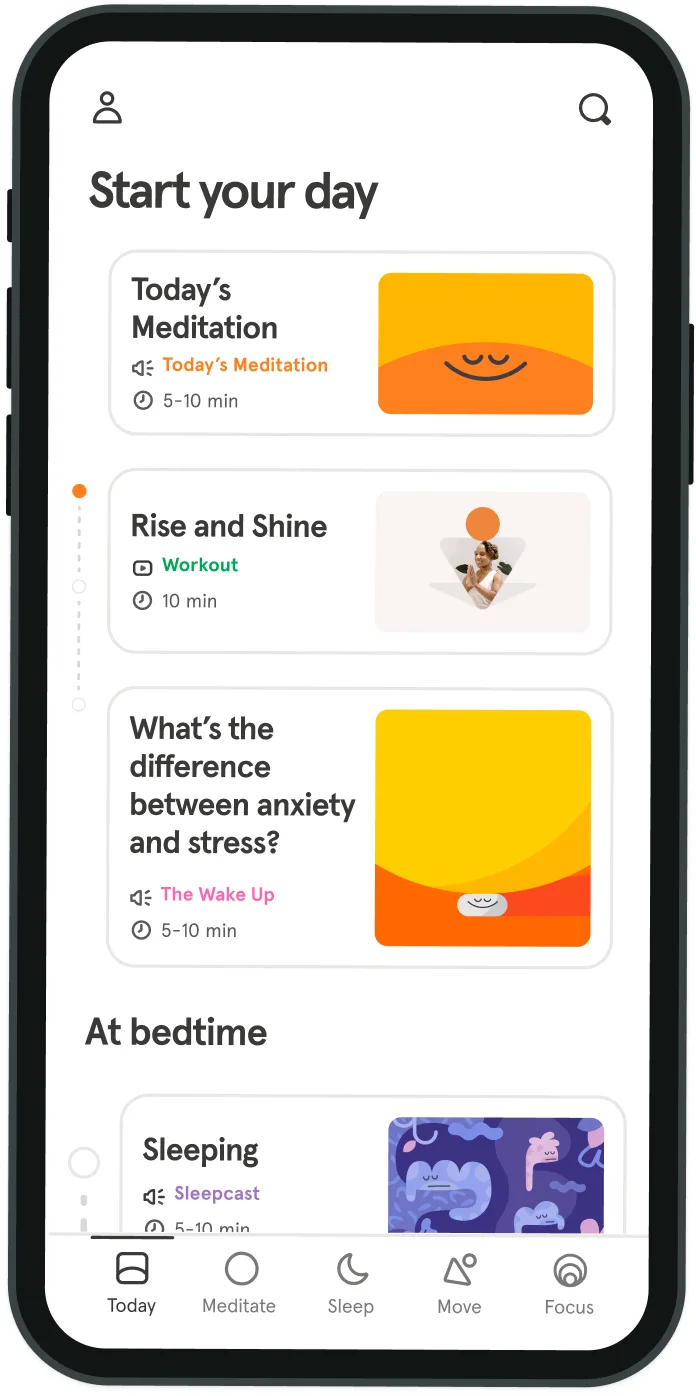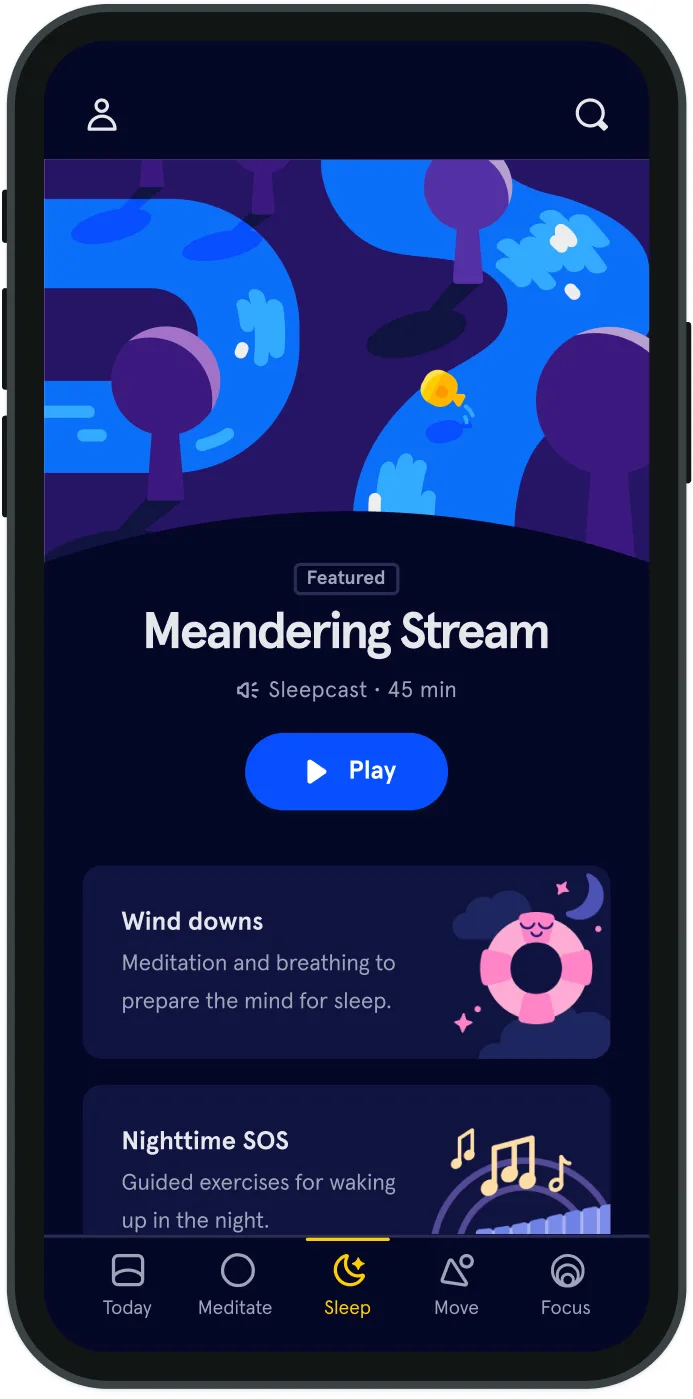How to manage fitness plateaus before they even happen
The first six weeks of an exercise program are sort of like the beginning of any relationship. It’s new, you’re excited to learn the workouts, you start to notice changes in your body, and the newness keeps you motivated and scooting back for more.
And then, almost out of nowhere, everything comes to a halt. What gives? Well, if you’re showing up and putting in the time, but not seeing the results you hoped for, there’s a good chance you’ve hit a fitness plateau.
Considered the master of motivation killers, a fitness plateau can stall your physical progress and sap your drive to stay active. If you haven’t experienced one yet, consider yourself lucky; at some point in a workout program, you’re going to come face-to-face with this annoying aspect of exercise. Why did everything come to a complete halt? “Plateaus can be brought on because of reasons relating to the body or the mind," says Greg Chertok, M.Ed, CMPC, certified mental performance consultant, Telos Sport Psychology Coaching. There may be some obvious physical reasons your progress has stalled: your workout is getting stale, your body is adjusting to the load and intensity, you may be stuck in the same movement patterns, or muscular fatigue has set in from overuse or lack of rest. Or, your energy levels are lower than usual and something completely unrelated to exercise is sapping your energy (work project, stress at home, etc.), which can contribute to lower energy in the gym. There can also be mental reasons we hit a plateau. Mental blocks (that can also contribute to physical plateaus) form in a number of ways. “Perhaps you’ve been convinced or persuaded by someone else (parent, coach, partner, etc.) that you’re just not equipped to do something or achieve a higher level of fitness in a particular area,” Chertok explains.
Sometimes we create (and perpetuate) narratives that aren’t necessary: “Nobody in my family has ever been able to get fit and stay fit, so I probably can’t either,” might be a message you tell yourself. Or maybe when you try something once or twice and it doesn’t work, you tell yourself “I won’t ever be able to do it.” Chertok says when these types of seeds are planted, they have a tendency to grow quickly. _[_Editor’s Note: if you want to break out of that mindset, read this.] And what you’re left with is a form of self-sabotage that can get in the way of your goals. When you feel stuck, a clear path forward to break a fitness plateau involves interrupting the thought patterns that have gotten in the way of your progress.
How mindfulness can help break a plateau Mindfulness can be a significant tool for resetting a mental and physical approach to fitness. When regularly paying attention to the present moment without judgment, we can be free to treat the body (and mind) with kindness and openness—this, in turn, furthers the ability to respect moment-to-moment experiences. Acknowledge feelings of frustration. Plateaus can lead to frustration which affects the body in very specific ways. “We typically respond to frustration by focusing on our thought process,” says Chertok. “We have the choice to focus on how frustration feels in our body—notice how it feels within your body during a workout, and it will make it easier to address those static reactions, which may actually help you overcome a fitness plateau more effectively.” Identify the feelings you experience without judgment. Chertok suggests we look at feelings with curiosity, which allows us to interpret our feelings accurately: Option 1: “I’m feeling frustrated because I’m a horrible athlete.” Option 2: “I’m feeling frustrated because my performance is important to me and I’m the kind of person who loves making progress.” See the difference?
Focus on the breath. Our breath serves as an involuntary survival mechanism; however, Chertok explains that being mindful of our breathing, and using it as a means for relaxing and gaining self-control, can be helpful. “When we're unaware of our breathing patterns, we breathe in and out on average about 17 times each minute,” says Chertok. When experiencing frustration, stress, or anxiety while working out, try to check in on your breathing and take the time to notice the changing patterns—without judging any rapid breathing as detrimental or problematic—as it can allow you to simply be with your breath. This makes slowing the cycles of breath far simpler, and by shifting the attention to your breath, you can anchor yourself in the present moment. “We’re highly capable of attending to our bodies, and doing so often provides rich, accurate information about our relationship to things in the environment,” says Chertok. The challenge, he adds, is simply listening to what our body has to say. This piece was produced in partnership with Nike Training Club. To get started on your fitness journey, download the NTC app here.
A fitness plateau can stall your physical progress and sap your drive to stay active.
Sara Lindberg
A fitness plateau can stall your physical progress and sap your drive to stay active.
Sara Lindberg


Be kind to your mind
- Access the full library of 500+ meditations on everything from stress, to resilience, to compassion
- Put your mind to bed with sleep sounds, music, and wind-down exercises
- Make mindfulness a part of your daily routine with tension-releasing workouts, relaxing yoga, Focus music playlists, and more
Meditation and mindfulness for any mind, any mood, any goal

Stay in the loop
Be the first to get updates on our latest content, special offers, and new features.
By signing up, you’re agreeing to receive marketing emails from Headspace. You can unsubscribe at any time. For more details, check out our Privacy Policy.
- © 2025 Headspace Inc.
- Terms & conditions
- Privacy policy
- Consumer Health Data
- Your privacy choices
- CA Privacy Notice
